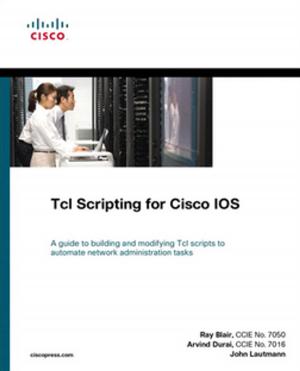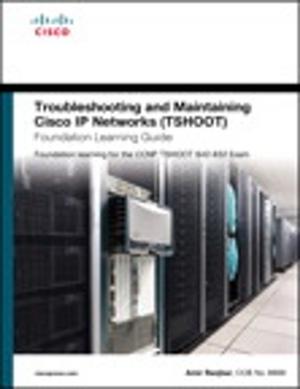Building Secure Software
How to Avoid Security Problems the Right Way, Portable Documents
Nonfiction, Computers, Networking & Communications| Author: | John Viega, Gary R. McGraw | ISBN: | 9780321624000 |
| Publisher: | Pearson Education | Publication: | September 24, 2001 |
| Imprint: | Addison-Wesley Professional | Language: | English |
| Author: | John Viega, Gary R. McGraw |
| ISBN: | 9780321624000 |
| Publisher: | Pearson Education |
| Publication: | September 24, 2001 |
| Imprint: | Addison-Wesley Professional |
| Language: | English |
Most organizations have a firewall, antivirus software, and intrusion detection systems, all of which are intended to keep attackers out. So why is computer security a bigger problem today than ever before? The answer is simple--bad software lies at the heart of all computer security problems. Traditional solutions simply treat the symptoms, not the problem, and usually do so in a reactive way. This book teaches you how to take a proactive approach to computer security.
Building Secure Software cuts to the heart of computer security to help you get security right the first time. If you are serious about computer security, you need to read this book, which includes essential lessons for both security professionals who have come to realize that software is the problem, and software developers who intend to make their code behave. Written for anyone involved in software development and use—from managers to coders—this book is your first step toward building more secure software. Building Secure Software provides expert perspectives and techniques to help you ensure the security of essential software. If you consider threats and vulnerabilities early in the devel-opment cycle you can build security into your system. With this book you will learn how to determine an acceptable level of risk, develop security tests, and plug security holes before software is even shipped.
Inside you'll find the ten guiding principles for software security, as well as detailed coverage of:
- Software risk management for security
- Selecting technologies to make your code more secure
- Security implications of open source and proprietary software
- How to audit software
- The dreaded buffer overflow
- Access control and password authentication
- Random number generation
- Applying cryptography
- Trust management and input
- Client-side security
- Dealing with firewalls
Only by building secure software can you defend yourself against security breaches and gain the confidence that comes with knowing you won't have to play the "penetrate and patch" game anymore. Get it right the first time. Let these expert authors show you how to properly design your system; save time, money, and credibility; and preserve your customers' trust.
Most organizations have a firewall, antivirus software, and intrusion detection systems, all of which are intended to keep attackers out. So why is computer security a bigger problem today than ever before? The answer is simple--bad software lies at the heart of all computer security problems. Traditional solutions simply treat the symptoms, not the problem, and usually do so in a reactive way. This book teaches you how to take a proactive approach to computer security.
Building Secure Software cuts to the heart of computer security to help you get security right the first time. If you are serious about computer security, you need to read this book, which includes essential lessons for both security professionals who have come to realize that software is the problem, and software developers who intend to make their code behave. Written for anyone involved in software development and use—from managers to coders—this book is your first step toward building more secure software. Building Secure Software provides expert perspectives and techniques to help you ensure the security of essential software. If you consider threats and vulnerabilities early in the devel-opment cycle you can build security into your system. With this book you will learn how to determine an acceptable level of risk, develop security tests, and plug security holes before software is even shipped.
Inside you'll find the ten guiding principles for software security, as well as detailed coverage of:
- Software risk management for security
- Selecting technologies to make your code more secure
- Security implications of open source and proprietary software
- How to audit software
- The dreaded buffer overflow
- Access control and password authentication
- Random number generation
- Applying cryptography
- Trust management and input
- Client-side security
- Dealing with firewalls
Only by building secure software can you defend yourself against security breaches and gain the confidence that comes with knowing you won't have to play the "penetrate and patch" game anymore. Get it right the first time. Let these expert authors show you how to properly design your system; save time, money, and credibility; and preserve your customers' trust.















